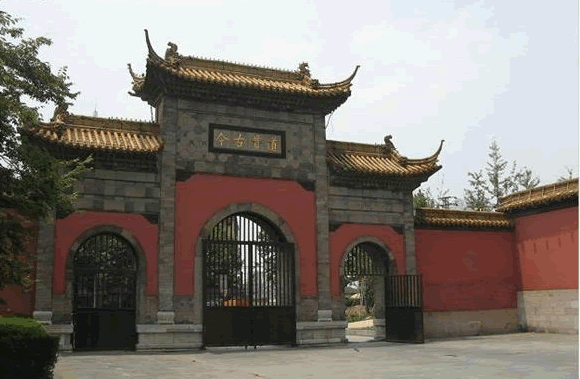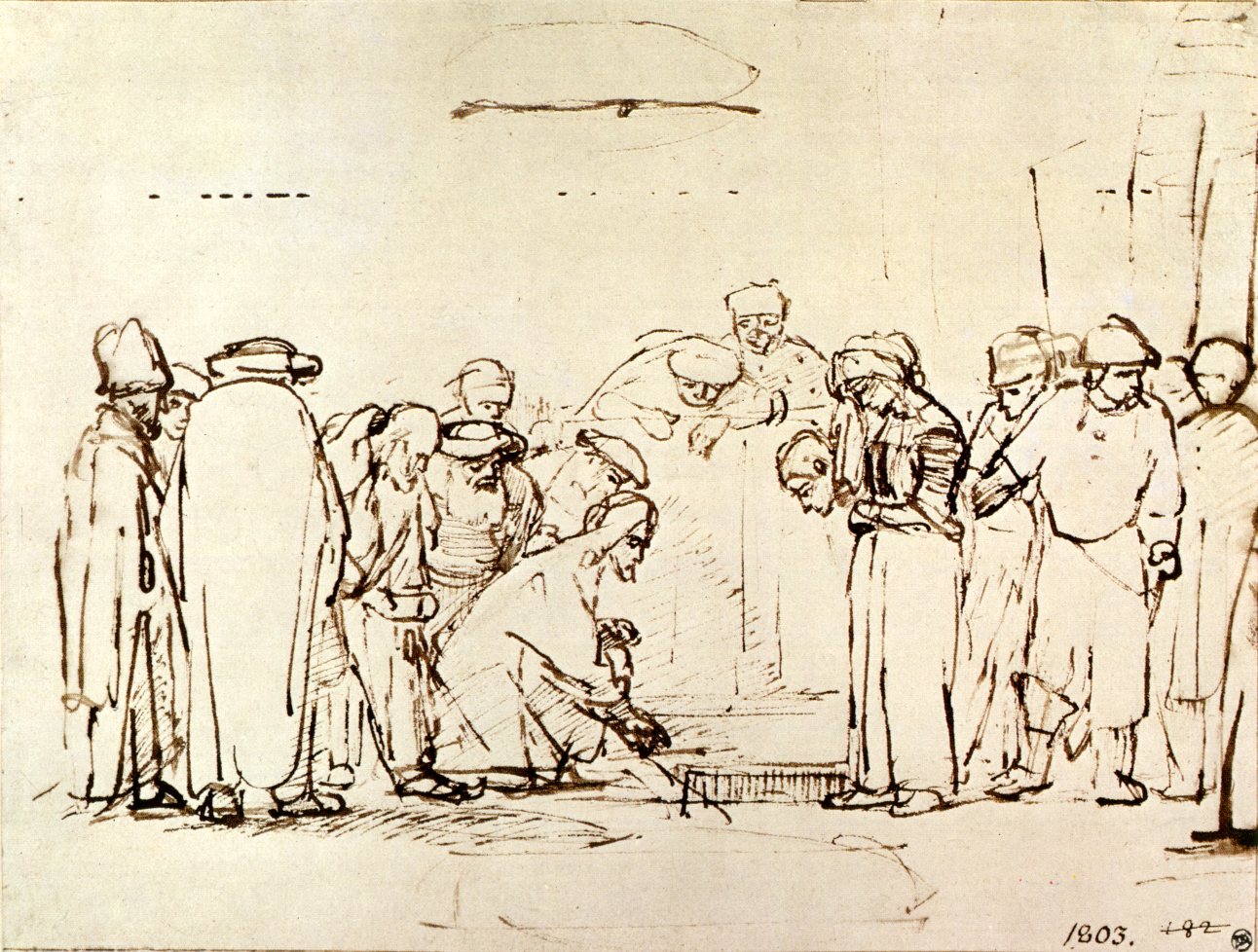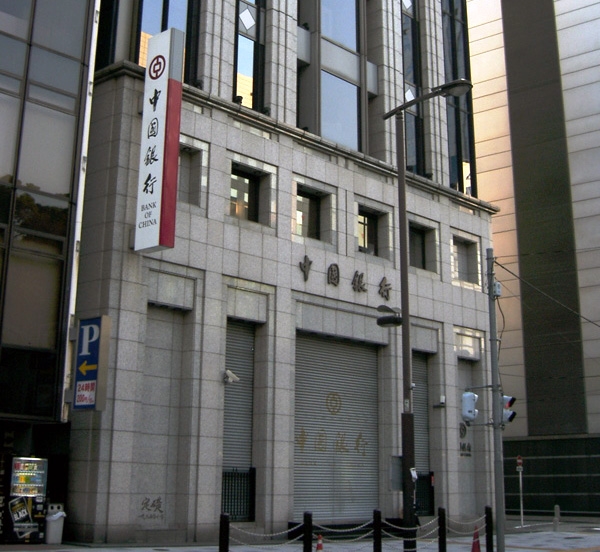|
Gao Xingjian
Gao Xingjian (高行健 in Chinese - born January 4, 1940) is a Chinese émigré and later French naturalized novelist, playwright, critic, painter, photographer, film director, and translator who in 2000 was awarded the Nobel Prize in Literature "for an oeuvre of universal validity, bitter insights and linguistic ingenuity." He is also a noted translator (particularly of Samuel Beckett and Eugène Ionesco), screenwriter, stage director, and a celebrated painter. Gao's drama is considered to be fundamentally absurdist in nature and avant-garde in his native China. ''Absolute Signal'' (1982) was a breakthrough in Chinese experimental theatre. '' The Bus Stop'' (1983) and ''The Other Shore'' (1986) had their productions halted by the Chinese government, with the acclaimed ''Wild Man'' (1985) the last work of his to be publicly performed in China. He left the country in 1987 and his plays from ''The Other Shore'' onward increasingly centered on universal (rather than Chinese) concerns ... [...More Info...] [...Related Items...] OR: [Wikipedia] [Google] [Baidu] |
Zhejiang
Zhejiang ( or , ; , also romanized as Chekiang) is an eastern, coastal province of the People's Republic of China. Its capital and largest city is Hangzhou, and other notable cities include Ningbo and Wenzhou. Zhejiang is bordered by Jiangsu and Shanghai to the north, Anhui to the northwest, Jiangxi to the west and Fujian to the south. To the east is the East China Sea, beyond which lies the Ryukyu Islands. The population of Zhejiang stands at 64.6 million, the 8th highest among China. It has been called 'the backbone of China' due to being a major driving force in the Chinese economy and being the birthplace of several notable persons, including the Chinese Nationalist leader Chiang Kai-shek and entrepreneur Jack Ma. Zhejiang consists of 90 counties (incl. county-level cities and districts). The area of Zhejiang was controlled by the Kingdom of Yue during the Spring and Autumn period. The Qin Empire later annexed it in 222 BC. Under the late Ming dynasty and ... [...More Info...] [...Related Items...] OR: [Wikipedia] [Google] [Baidu] |
Down To The Countryside Movement
The Up to the Mountains and Down to the Countryside Movement, often known simply as the Down to the Countryside Movement, was a policy instituted in the People's Republic of China between mid 1950s and 1978. As a result of what he perceived to be pro-bourgeois thinking prevalent during the Cultural Revolution, Chairman Mao Zedong declared certain privileged urban youth would be sent to mountainous areas or farming villages to learn from the workers and farmers there. In total, approximately 17 million youth were sent to rural areas as a result of the movement. Usually only the oldest child had to go, but younger siblings could volunteer to go instead. Chairman Mao's policy differed from Chinese President Liu Shaoqi's early 1960s sending-down policy in its political context. President Liu Shaoqi instituted the first sending-down policy to redistribute excess urban population following the Great Chinese Famine and the Great Leap Forward. Mao's stated aim for the policy was t ... [...More Info...] [...Related Items...] OR: [Wikipedia] [Google] [Baidu] |
Central Academy Of Fine Arts
The Central Academy of Fine Arts or CAFA is an art academy under the direct charge of the Ministry of Education of China. The Manila Bulletin calls the school "China’s most prestigious and renowned art academy". It is one of the most selective universities in the country and turns away more than 90% of applicants every year. CAFA is included in the Chinese state Double First Class University Plan as a Double First Class University. Overview The history of the National Art School in Beiping () dates back to the founding of the National School of Fine Arts in Beijing in 1918, advocated by the educator Cai Yuanpei. It was the first national school of fine arts in China and also the beginning of Chinese modern education of fine arts. The academy was founded in April 1950, as a result of a merger between the National Art School in Beiping and the department of fine arts at the third campus of North China University. The former principals of CAFA include Xu Beihong, Jiang Feng, W ... [...More Info...] [...Related Items...] OR: [Wikipedia] [Google] [Baidu] |
Nanjing University
Nanjing University (NJU; ) is a national public research university in Nanjing, Jiangsu. It is a member of C9 League and a Class A Double First Class University designated by the Chinese central government. NJU has two main campuses: the Xianlin campus in the northeast of Nanjing, and the Gulou campus in the city center of Nanjing. Established in 1902 as Sanjiang Normal School, Nanjing University underwent a number of name changes, such as Nanjing Higher Normal School, National Southeastern University and National Central University, until it was renamed Nanjing University in 1950. It merged with the University of Nanking in 1952. NJU is perennially ranked one of the best research universities in China, and one of the most selective universities in the nation. As of 2022, Nanjing University ranked 7th in China and 95th globally by Times Higher Education World University Rankings. Regarding scientific research output, the Nature Index Annual Table 2022 ranked Nanjing University ... [...More Info...] [...Related Items...] OR: [Wikipedia] [Google] [Baidu] |
Nanjing Number 10 Middle School
Nanjing Jinling High School (, or Jin-Zhong/金中 for short) is a public high school located in Gulou District, Nanjing, Jiangsu, China. History American missionaries of Methodist Episcopal Church in China founded Fowler Biblical School () in 1888 and established its high school branch in 1890. Fowler Biblical School was reorganized as Jinling University (University of Nanking) since 1910 and the high school branch had been therefore called High School Affiliated to Jinling University (金陵大学附属中学) and Jinling High School for short. In 1937, the school was relocated to Chongqing due to the Second Sino-Japanese War. During the Nanking Massacre, the school's campus was part of the Nanking Safety Zone, where civilians were protected from the slaughter by Japanese troops. The school restored its operation in Nanjing in 1939, which was fully recovered in 1946 after the war. The school's name was changed to Nanjing No. 10 Middle School (南京市第十中学) in 1951 ... [...More Info...] [...Related Items...] OR: [Wikipedia] [Google] [Baidu] |
Oil Painting
Oil painting is the process of painting with pigments with a medium of drying oil as the binder. It has been the most common technique for artistic painting on wood panel or canvas for several centuries, spreading from Europe to the rest of the world. The advantages of oil for painting images include "greater flexibility, richer and denser colour, the use of layers, and a wider range from light to dark". But the process is slower, especially when one layer of paint needs to be allowed to dry before another is applied. The oldest known oil paintings were created by Buddhist artists in Afghanistan and date back to the 7th century AD. The technique of binding pigments in oil was later brought to Europe in the 15th century, about 900 years later. The adoption of oil paint by Europeans began with Early Netherlandish painting in Northern Europe, and by the height of the Renaissance, oil painting techniques had almost completely replaced the use of tempera paints in the majority ... [...More Info...] [...Related Items...] OR: [Wikipedia] [Google] [Baidu] |
Ink And Wash Painting
Ink wash painting ( zh, t=水墨畫, s=水墨画, p=shuǐmòhuà; ja, 水墨画, translit=suiboku-ga or ja, 墨絵, translit=sumi-e; ko, 수묵화, translit=sumukhwa) is a type of Chinese ink brush painting which uses black ink, such as that used in Asian calligraphy, in different concentrations. It emerged during the Tang dynasty of China (618–907); it overturned earlier, more realistic techniques. It is typically monochrome, using only shades of black, with a great emphasis on virtuoso brushwork and conveying the perceived "spirit" or "essence" of a subject over direct imitation. Ink wash painting flourished from the Song dynasty in China (960–1279) onwards, as well as in Japan after it was introduced by Zen Buddhist monks in the 14th century. Some Western scholars divide Chinese painting (including ink wash painting) into three periods: times of representation, times of expression, and historical Oriental art. Chinese scholars have their own views which may be differe ... [...More Info...] [...Related Items...] OR: [Wikipedia] [Google] [Baidu] |
Sketch (drawing)
A sketch (ultimately from Greek σχέδιος – ''schedios'', "done extempore") is a rapidly executed freehand drawing that is not usually intended as a finished work.Diana Davies (editor), ''Harrap's Illustrated Dictionary of Art and Artists'', Harrap Books Limited, (1990) A sketch may serve a number of purposes: it might record something that the artist sees, it might record or develop an idea for later use or it might be used as a quick way of graphically demonstrating an image, idea or principle. Sketching is the most inexpensive art medium. Sketches can be made in any drawing medium. The term is most often applied to graphic work executed in a dry medium such as silverpoint, graphite, pencil, charcoal or pastel. It may also apply to drawings executed in pen and ink, digital input such as a digital pen, ballpoint pen, marker pen, water colour and oil paint. The latter two are generally referre ... [...More Info...] [...Related Items...] OR: [Wikipedia] [Google] [Baidu] |
Second Sino-Japanese War
The Second Sino-Japanese War (1937–1945) or War of Resistance (Chinese term) was a military conflict that was primarily waged between the Republic of China and the Empire of Japan. The war made up the Chinese theater of the wider Pacific Theater of the Second World War. The beginning of the war is conventionally dated to the Marco Polo Bridge Incident on 7 July 1937, when a dispute between Japanese and Chinese troops in Peking escalated into a full-scale invasion. Some Chinese historians believe that the Japanese invasion of Manchuria on 18 September 1931 marks the start of the war. This full-scale war between the Chinese and the Empire of Japan is often regarded as the beginning of World War II in Asia. China fought Japan with aid from Nazi Germany, the Soviet Union, United Kingdom and the United States. After the Japanese attacks on Malaya and Pearl Harbor in 1941, the war merged with other conflicts which are generally categorized under those conflicts of World War II ... [...More Info...] [...Related Items...] OR: [Wikipedia] [Google] [Baidu] |
YMCA
YMCA, sometimes regionally called the Y, is a worldwide youth organization based in Geneva, Switzerland, with more than 64 million beneficiaries in 120 countries. It was founded on 6 June 1844 by George Williams (philanthropist), George Williams in London, originally as the Young Men's Christian Association, and aims to put Christian values into practice by developing a healthy "body, mind, and spirit". From its inception, it grew rapidly and ultimately became a worldwide movement founded on the principles of muscular Christianity. Local YMCAs deliver projects and services focused on youth development through a wide variety of youth activities, including providing athletic facilities, holding classes for a wide variety of skills, promoting Christianity, and humanitarian work. YMCA is a non-governmental federation, with each independent local YMCA affiliated with its national organization. The national organizations, in turn, are part of both an Area Alliance (Europe, A ... [...More Info...] [...Related Items...] OR: [Wikipedia] [Google] [Baidu] |
Bank Of China
The Bank of China (BOC; ) is a Chinese majority state-owned commercial bank headquartered in Beijing and the fourth largest bank in the world. The Bank of China was founded in 1912 by the Republican government as China's central bank, replacing the Qing Dynasty's Ta-Ching Government Bank. It has been the second oldest bank in China still in existence after the Bank of Communications, founded in 1908. From its establishment until 1942, it issued banknotes on behalf of the Government along with the "Big Four" banks of the period: the Farmers Bank of China, Bank of Communications and Central Bank of the Republic of China. After the People's Republic was established in 1949, it has become a national commercial and foreign exchange professional bank. Its original central bank designation was carried on by the newly formed People's Bank of China. As of 31 December 2019, it was the second-largest lender in China overall and ninth-largest bank in the world by market capitali ... [...More Info...] [...Related Items...] OR: [Wikipedia] [Google] [Baidu] |

%2C_King_of_Wuyue.jpg)







